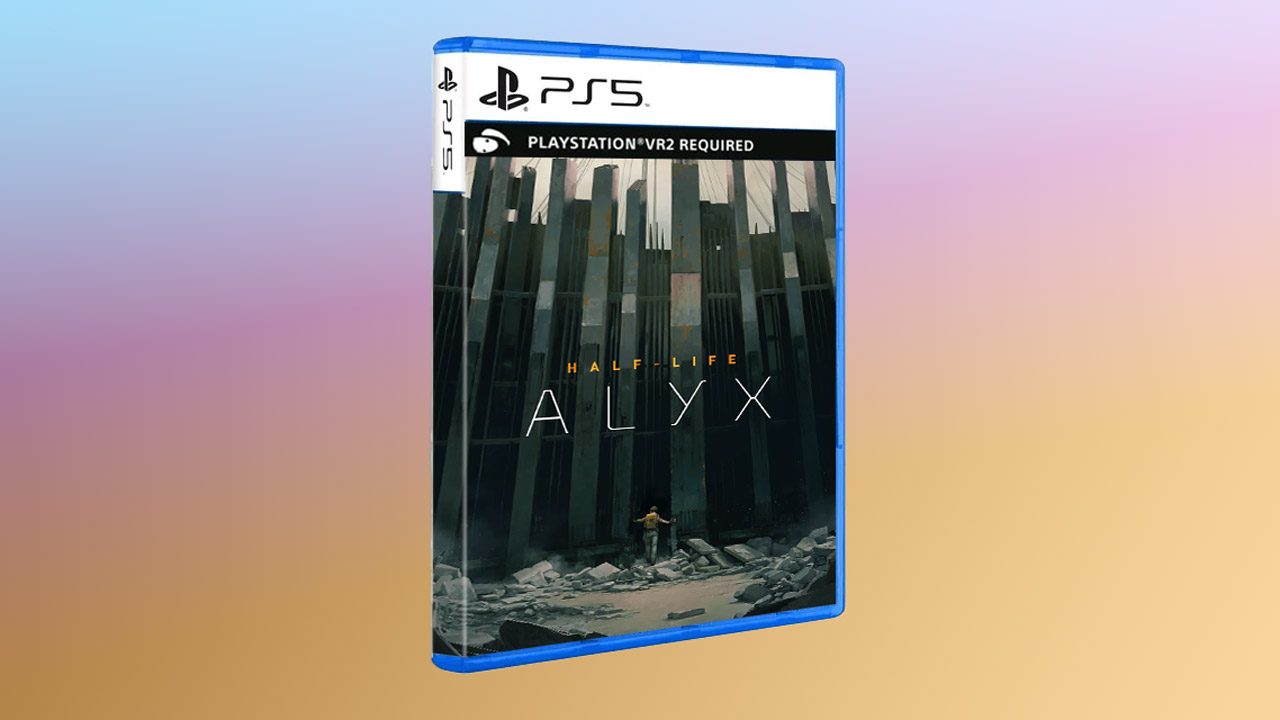There’s at least six really good reasons why getting Half-Life: Alyx onto PSVR 2 is a good idea, and it would be a net positive for everyone involved. So what do we gotta do to make it happen?
Despite launching in 2020, Half-Life: Alyx continues to be one of VR’s absolute best games. It’s production value and incredible attention to detail have allowed it to hold up extremely well, even four years later. But in PC VR land, pretty much everyone who has wanted to play the game probably already has. And hey, if you haven’t, you have no excuse not to buy it at a 66% discount right now!
But there’s another group of people out there with VR headsets who would love to play the game if given the chance.
Sorry Quest friends, I see you. Unfortunately Half-Life: Alyx would need a complete rework just to get it to run smoothly on standalone headsets, which would not only require a ton of work, but also decimate the look and feel of the game to the point of losing its essence. Instead, I’m talking about PSVR 2 owners.
Getting Half-Life: Alyx onto PSVR 2 would be a win all around. Here’s why.
PS5 Has the Power to Handle Half-Life: Alyx
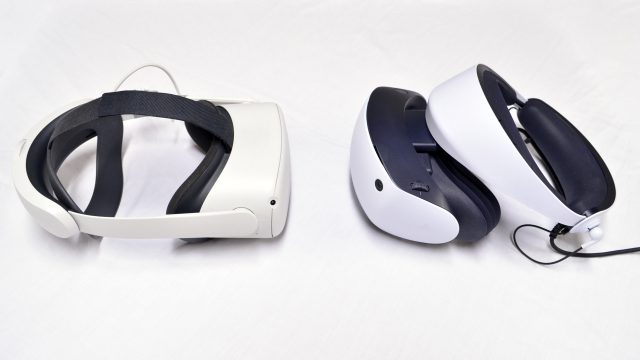
Taking a made-for-PC VR game and getting it running on Quest just about always requires decimating the game to the point of garish graphics. That’s the unfortunate reality of trying to run PC VR games on a standalone headset. And that’s why so many developers build games that are made with Quest’s performance limitations in mind from the get-go.
Half-Life: Alyx is a visual spectacle, with details unmatched by almost any other VR game you can play. Aside from PC VR, there’s really only one other VR platform that has the power to handle the game the way the creators intended: that’s PS5 and PSVR 2.
Half-Life: Alyx’s minimum VR specs are as follows:
- Processor: AMD Ryzen 5 1600
- Memory: 12 GB RAM
- Graphics: GTX 1060
PS5 has a rather custom architecture, but here are the roughly equivalent components if it were a PC:
- Processor: AMD Ryzen 7 3700X
- Memory: 16GB RAM (unified memory)
- Graphics: RTX 3060 Ti
So not only does PS5 exceed the minimum specs of Half-Life: Alyx, but unlike most games, Alyx actually looks and runs impressively well at its minimum settings. And because PS5 is a singular hardware spec, Valve could spend its time dialing in optimizations for this hardware specifically, making sure it looks and runs great on all PS5 consoles.
Those of you who really know your stuff might point out that the minimum specs for Alyx don’t take into account the higher resolution of modern headsets. Valve’s Index has a resolution of 2.3MP per-eye, while PSVR 2 nearly doubles that at 4MP per-eye.
But, PSVR 2 also has eye-tracking which Index does not. That means it’s possible to implement eye-tracked foveated rendering to reduce the number of pixels drawn for each eye without reducing visual quality. Valve might need to build eye-tracked foveated rendering into its Source 2 engine to make this happen—though it’s unclear how much work it would take.
The only major performance conflict between Half-Life: Alyx and PSVR 2 that I can think of would be PSVR 2’s poor reprojection tech. Many PSVR 2 games target a 60Hz refresh rate and then PS5 projects those frames to reach the 120Hz refresh rate of the headset. Unfortunately PSVR 2 has always had worst-in-class reprojection that shows lots of ghosting.
I just don’t see Valve accepting their game running on PSVR 2 with 60Hz to 120Hz reprojection. Sony would either need to agree to finally come up with a better solution, or Valve would have to target a native 90Hz or 120Hz refresh rate for Half-Life: Alyx on PSVR 2.
PSVR 2 Players Are Hungry for AAA Content
PSVR 2 is one of the best VR headsets on the market today, but it’s in an unfortunate predicament. Despite PS5 having so much more processing power available than Quest headsets, the bulk of new games coming to PSVR 2 were designed first and foremost with Quest in mind. Which means most PSVR 2 games hardly scratch the surface of what kind of visuals PSVR 2 is really capable of, even if they get superficial enhancements like improved resolution and textures over the Quest version.
Sony has done little to remedy this issue. While the headset launched with a decent lineup of good-looking VR games, there’s been very little followup on AAA content from Sony. Compared to the original PSVR, Sony just doesn’t seem to be investing in high-quality first-party VR content to attract people to the headset.
And while PS5 might not have a huge userbase right now, you can bet that 90% of current owners would likely buy Half-Life: Alyx, and plenty of existing PS5 owners would consider buying the headset just to play this legendary VR game.
Valve’s Own Headset is Out of Date
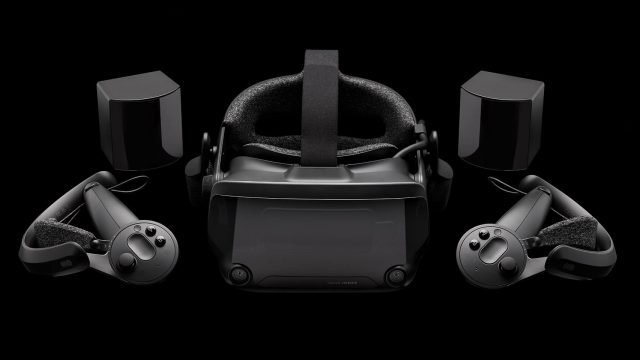
Valve’s first (and so far only) VR headset is even older than Half-Life: Alyx itself, having launched in mid-2019 (compared to Alyx in early-2020). It held up for a good many years—longer than most VR headsets—but it’s officially past its prime.
So while one argument for not putting Half-Life: Alyx on PSVR 2 would be ‘why would Valve do that when they want to keep the game exclusive to PC so they can sell more of their headsets’… there’s really not much of a market left for the five year old device.
There’s Precedent
 To some, the idea of Valve putting one of its games on a game console might sound insane. But it’s happened before.
To some, the idea of Valve putting one of its games on a game console might sound insane. But it’s happened before.
In 2007 Valve released The Orange Box, a collection of Valve’s top games of the era: Half-Life: 2 (with Episode 1 & Episode 2), Portal, and Team Fortress 2.
People were thrilled to be able to play this collection of games that were once mostly exclusive to PC. And I’m sure they’d be thrilled to do the same with Half-Life: Alyx.
The Orange Box was considered not only an excellent value in gaming, but was also a commercial success for Valve by all accounts and a plus for its brand as a top-notch game studio.
Sony Has Embraced Steam… How About a Little Quid Pro Quo?
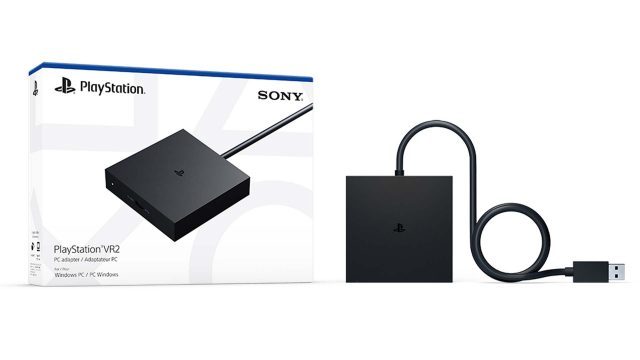
In the last few years, Sony has upended the long-held tradition of keeping its first-party blockbuster games exclusive to its own consoles. You can now play games like Ghost of Tsushima, Horizon Forbidden West, Returnal, and God of War through Steam. And, if you’ve got the PC for it, you can make them look and run even better than they do on a PS5. And given the viral success of Helldivers 2 (Sony’s first simultaneous launch on both PS5 and PC) it’s likely this trend will only continue.
This is undoubtedly a big win for consumers.
Considering the significance of Sony bringing first-party content to Steam, I’m sure the company has been given the white glove treatment from Valve internally; these companies are already talking and working together.
And let’s not forget that Sony is already preparing to release a PSVR 2 adapter for PC, which means PSVR 2 owners who happen to have a gaming PC will be able to play Alyx through Steam. Wouldn’t it be nice for Valve to extend the same the same opportunity to PSVR 2 owners who don’t also have a gaming PC?
Valve is Different
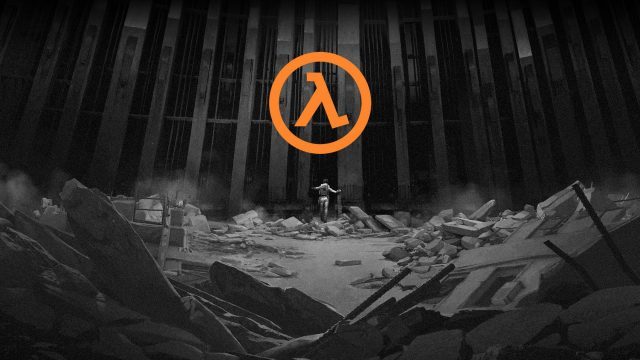
In almost no other case would any of this have even a remote chance of happening… if Valve wasn’t… well, Valve.
Valve is an incredibly unique gaming company by pretty much every metric. Not just its unique flat management structure and ‘work on what you want to’ culture. It’s also the only major gaming platform that’s privately owned.
That means Valve can make decisions that aren’t predicated merely on what’s the absolutely best thing for their shareholders or bottom line. They can make decisions to do things because it’s what they want to do, not because it’s going to make someone the most money.
Both the Index headset and Half-Life: Alyx almost surely wouldn’t even exist if Valve was a publicly-traded company. Valve invested massive resources into building a top-notch headset and a game for the barely-proven medium. It was a huge gamble that it would be worth it. Surely just making Half-Life: 3 for PC would have made them more money.
But near as we can tell, Index and Half-Life: Alyx exist because people at Valve wanted to make them. They wanted to make an amazing VR game for people to enjoy and a great headset for people to play it with.
Given the numbers, it seems like Valve probably made a return on their investment with Half-Life: Alyx, but almost certainly not as much as they could have made if they opted to follow the most profitable option in front of them compared to the most rewarding one.
That is to say: if Valve was a typical publicly-traded gaming company, there wouldn’t be even a glimmer of hope that Half-Life: Alyx could make it to PSVR 2. But with Valve being Valve, I think there’s at least a chance.
– – — – –
Valve has said over the years that its VR business decisions have been guided by wanting to grow the medium as a whole—hence its hardware-agnostic support for VR headsets on SteamVR. If Half-Life: Alyx would help PSVR 2 thrive as its own VR platform… that’s surely good for VR players, developers, and the medium as a whole.
,
